What is the Bitcoin Halving?
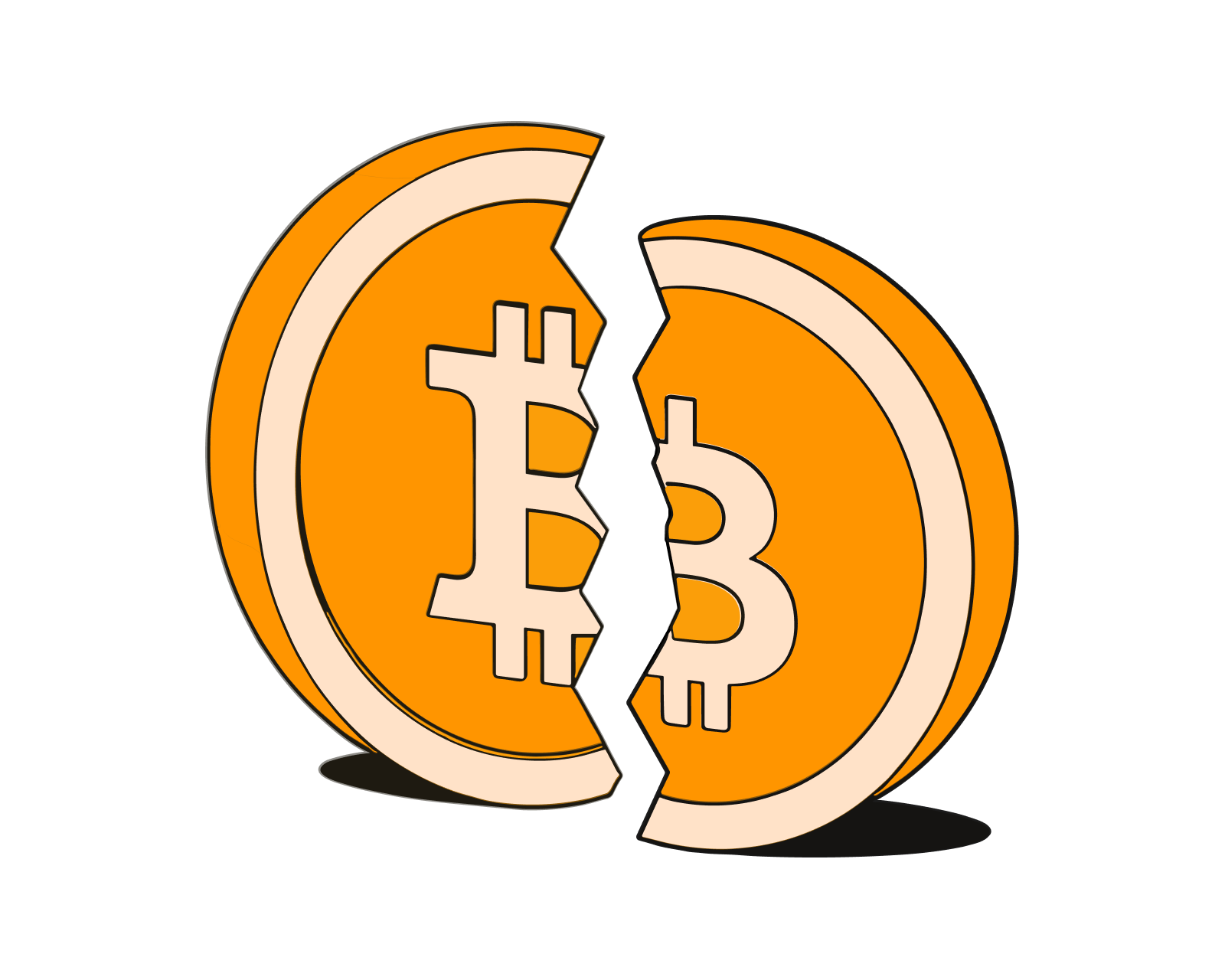
Table of Contents
- Bitcoin Halving Historical Context and Schedule
- How the Bitcoin Halving Relates to Bitcoin’s Inflation Rate
- How Bitcoin’s Supply Growth Compares to Gold
- How the Bitcoin Halving Works: The Technical Explanation
- Impact of Halving on Bitcoin's Economy
- Bitcoin Halving and Market Dynamics
- Bitcoin Halving and Its Role in Economic Freedom
- Bitcoin Halving FAQ
Bitcoin Halving Historical Context and Schedule
Historical Context
The Bitcoin Halving is an essential mechanism built into the operation of Bitcoin to control its supply and introduce a deflationary aspect to its economic model. Satoshi Nakamoto, Bitcoin's pseudonymous creator, designed the halving to occur every 210,000 blocks, or roughly every four years, as a way to mimic the scarcity and hard supply cap similar to precious metals like gold. This design choice reflects a deliberate effort to create a sustainable and deflationary digital currency, distinguishing Bitcoin from fiat currencies that can be inflated without limits.
Schedule of Past and Upcoming Halvings
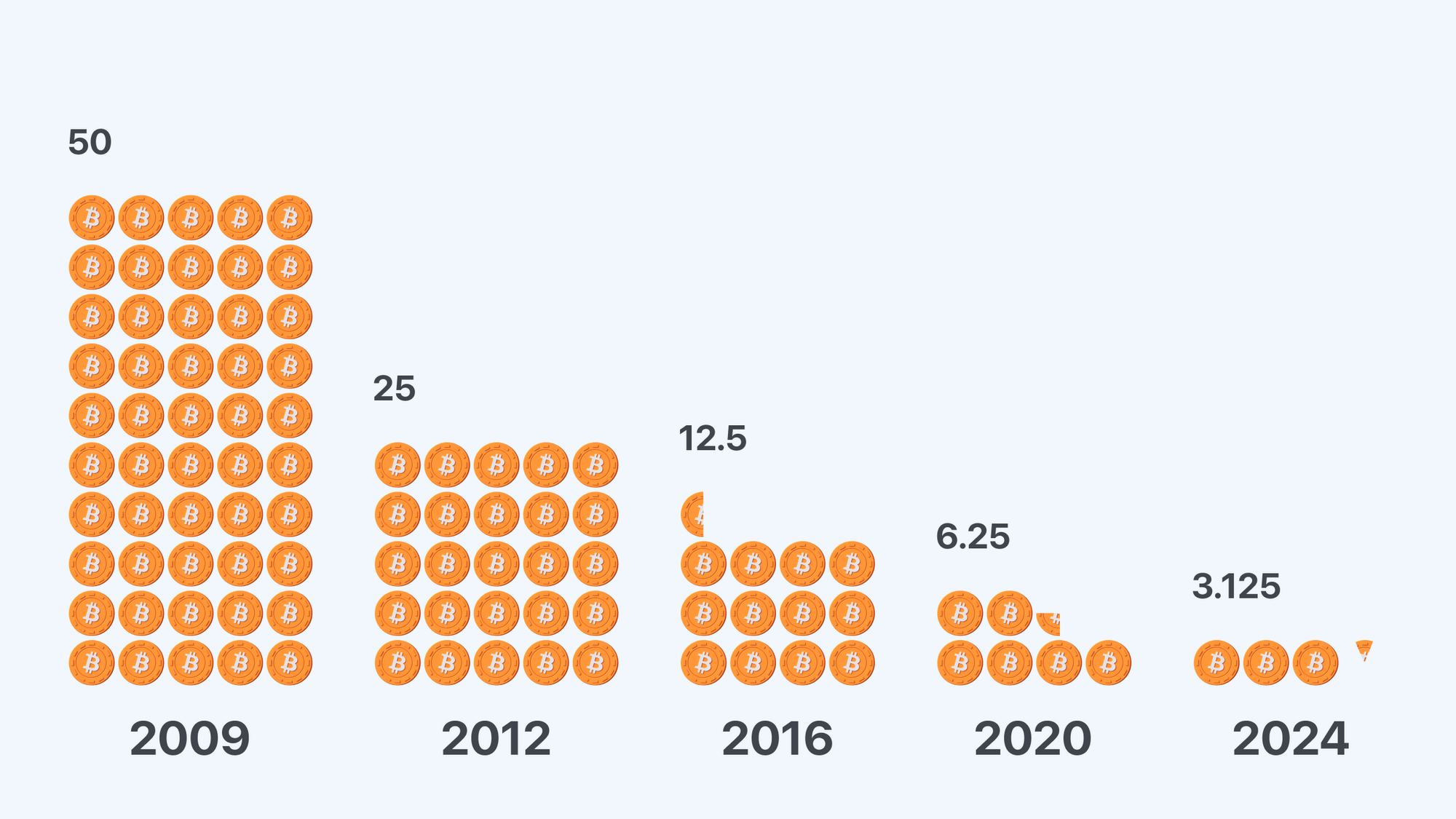
- First Halving (2012): The first Bitcoin Halving occurred on 28 November 2012, reducing the mining reward from 50 bitcoins per block to 25. This event marked the first major test of Nakamoto's theory regarding the impact of supply reduction on Bitcoin's value and miner incentive structure.
- Second Halving (2016): On 9 July 2016, the second halving further reduced the block reward to 12.5 bitcoins. This event came at a time when Bitcoin was gaining wider recognition, and it played a significant role in driving discussions about Bitcoin's future potential as a store of value.
- Third Halving (2020): Taking place on 11 May 2020, the third halving saw the reward decrease to 6.25 bitcoins per block. This halving occurred amidst a growing interest in cryptocurrencies as a whole, spotlighting Bitcoin's ongoing maturation as a financial asset.
- Future Halvings: The next Bitcoin Halving is anticipated in April 2024, where the reward will decrease to 3.125 bitcoins per block. This and future halvings will continue until the maximum supply of 21 million bitcoins is reached, expected around the year 2140.
How the Bitcoin Halving Relates to Bitcoin’s Inflation Rate
Bitcoin Inflation Rate Over Time
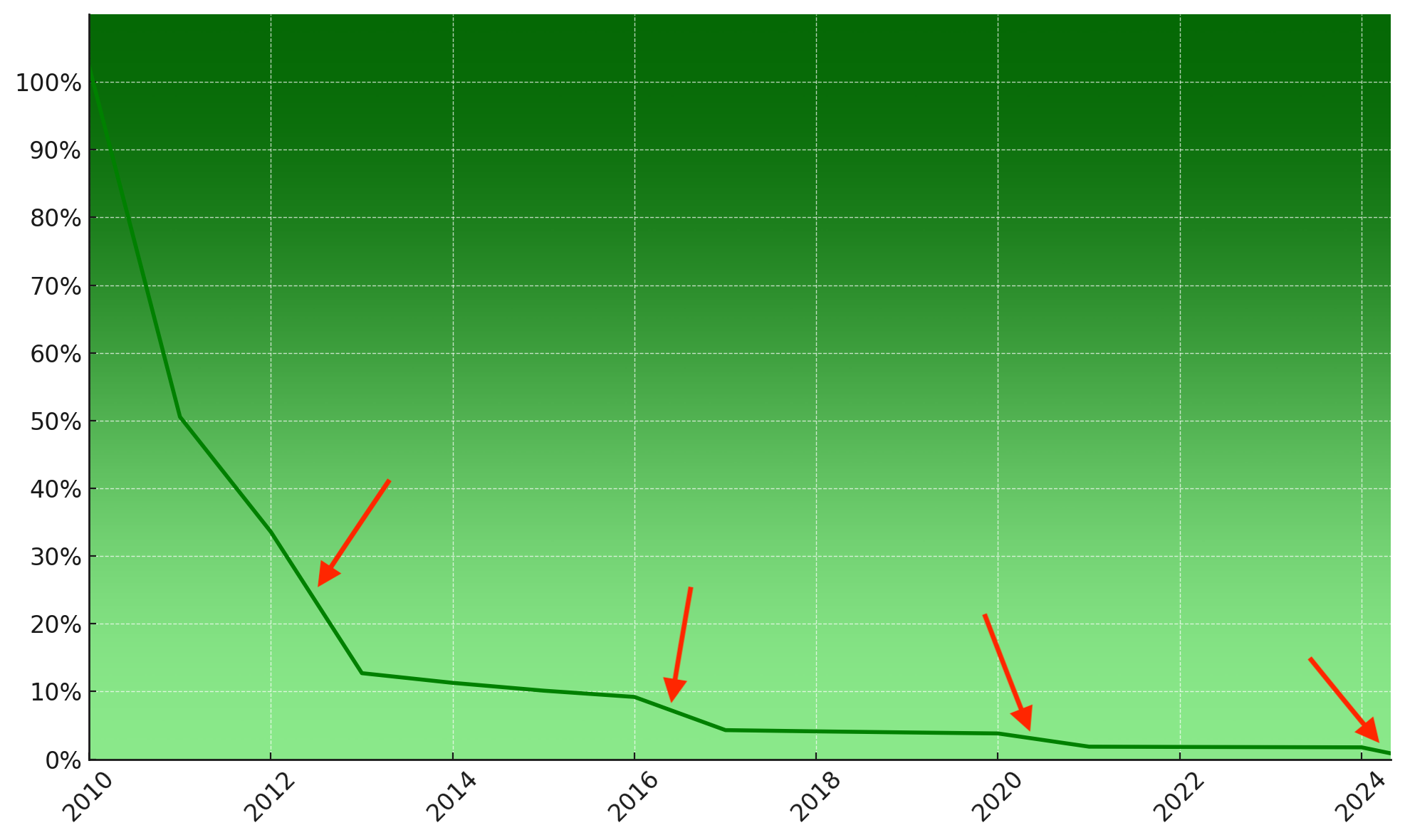 Red arrows mark Bitcoin halvings
Red arrows mark Bitcoin halvings
Bitcoin's halving events significantly affect its inflation rate.
First Halving
With Bitcoin’s circulating supply at the time of the first halving at 10,500,000 BTC, the inflation rate dropped from approximately 25% immediately before the halving to 11.78% immediately after the halving.
Second Halving
By the second halving in 2016, as the circulating supply rose to 15,750,000 BTC, the inflation rate fell further from about 8.34% immediately before the halving to 4.09% immediately after the halving.
Third Halving
At the time of the third halving, with a circulating supply of 18,375,000 BTC, Bitcoin’s inflation rate went from 3.58% to 1.77%.
Fourth Halving
For the upcoming 2024 halving, Bitcoin’s inflation rate is expected to decrease from about 1.75% to just 0.85%.
How Bitcoin’s Supply Growth Compares to Gold
With an above ground total gold supply of 212,582 tonnes in 2023 as reported by the World Gold Council here, and annual gold production for 2023 in the range of 3500 tonnes as reported here, the rate of new gold added to the existing supply can be estimated at 1.64%. This means that, after the fourth Bitcoin halving, Bitcoin’s supply growth is estimated to be roughly half that of gold.
Read more about how Bitcoin compares to other asset classes here.
How the Bitcoin Halving Works: The Technical Explanation
At the heart of Bitcoin's design, embedded firmly in its original code by its creator, is the halving mechanism. This crucial feature is set to activate automatically after every 210,000 blocks are mined-a process that unfolds approximately every four years, based on the 10-minute interval it typically takes to mine a block. Initially, the system generously offered 50 bitcoins per block as a reward to miners. Yet, in alignment with the foresight and intentions coded into Bitcoin's inception, this reward undergoes a halving at predetermined intervals. As a result, we've witnessed the reward dwindle through halving events: first to 25, then to 12.5, then 6.25 and so on.
Bitcoin's operation hinges on the proof-of-work (PoW) mechanism, where miners expend computational power to solve a mathematical puzzle. This system not only processes and verifies transactions, but also fortifies the network's security. Miners are compensated for their critical role with newly created bitcoins, plus transaction fees from the blocks they successfully mine. This incentive structure, meticulously coded into Bitcoin from the beginning, ensures ongoing support and participation in the network.
Read more about Bitcoin mining and how it works here.
Impact of Halving on Bitcoin's Economy
The Bitcoin Halving events play a pivotal role in shaping Bitcoin's economy by directly impacting its supply, mining rewards, and overall market dynamics. Here's how the halving influences these aspects:
Effect on Bitcoin's Supply and the Mining Reward
The primary effect of the Bitcoin Halving is on the supply of new bitcoins entering the market. By halving the reward miners receive for adding a new block to the blockchain, the rate at which new bitcoins are created is reduced. This controlled supply mechanism is designed to mimic the extraction of precious metals, introducing a scarcity element that can drive up value over time. As the reward decreases, the inflation rate of Bitcoin's supply slows down, making it increasingly scarce and potentially more valuable.
Implications for Bitcoin Miners and the Mining Industry
For miners, the halving is a double-edged sword. On one hand, the reduction in block rewards means that their revenue for the same amount of mining effort is halved, which can squeeze margins and make mining less profitable, especially for those with higher operational costs. This can lead to a consolidation in the mining industry, where only the most efficient and well-capitalized miners can survive the initial impact of the reward reduction.
However, the historical context shows that halvings tend to be followed by an increase in the price of Bitcoin, which can compensate for the reduced reward per block. This potential for future gains incentivizes miners to continue their operations and maintain the network's security. The halving events also encourage technological innovation in the mining sector, pushing miners to seek more energy-efficient mining solutions to stay competitive.
Learn more about Bitcoin’s environment impact here.
Bitcoin's Deflationary Nature and Its Contrast to Traditional Fiat Currencies
Unlike fiat currencies, which can be printed without limit by governments, leading to inflation and devaluation, Bitcoin's supply is capped at 21 million coins. The halving events underscore Bitcoin's deflationary nature, as they ensure that the creation of new bitcoins slows down over time. This built-in scarcity is a fundamental difference from traditional fiat currencies and aligns with the principles of sound money, which holds value over time and is resistant to inflation.
Bitcoin's deflationary model contrasts sharply with the inflationary policies often seen in fiat currencies, where central banks can increase the money supply to manage economic variables like employment and inflation. By removing the possibility of such discretionary monetary policy, Bitcoin offers an alternative economic system where supply is predictable and not subject to the whims of central authorities.
Bitcoin Halving and Market Dynamics
Historical Analysis of Bitcoin's Price Before and After Halvings
Historically, Bitcoin's price has shown significant movements before and after halving events. In the months leading up to a halving, anticipation and speculation often drive up the price, as investors predict the reduced supply growth will lead to higher prices in the future. Following the halvings, Bitcoin has typically experienced substantial bull runs as shown in the chart below where each of the three halvings are marked:
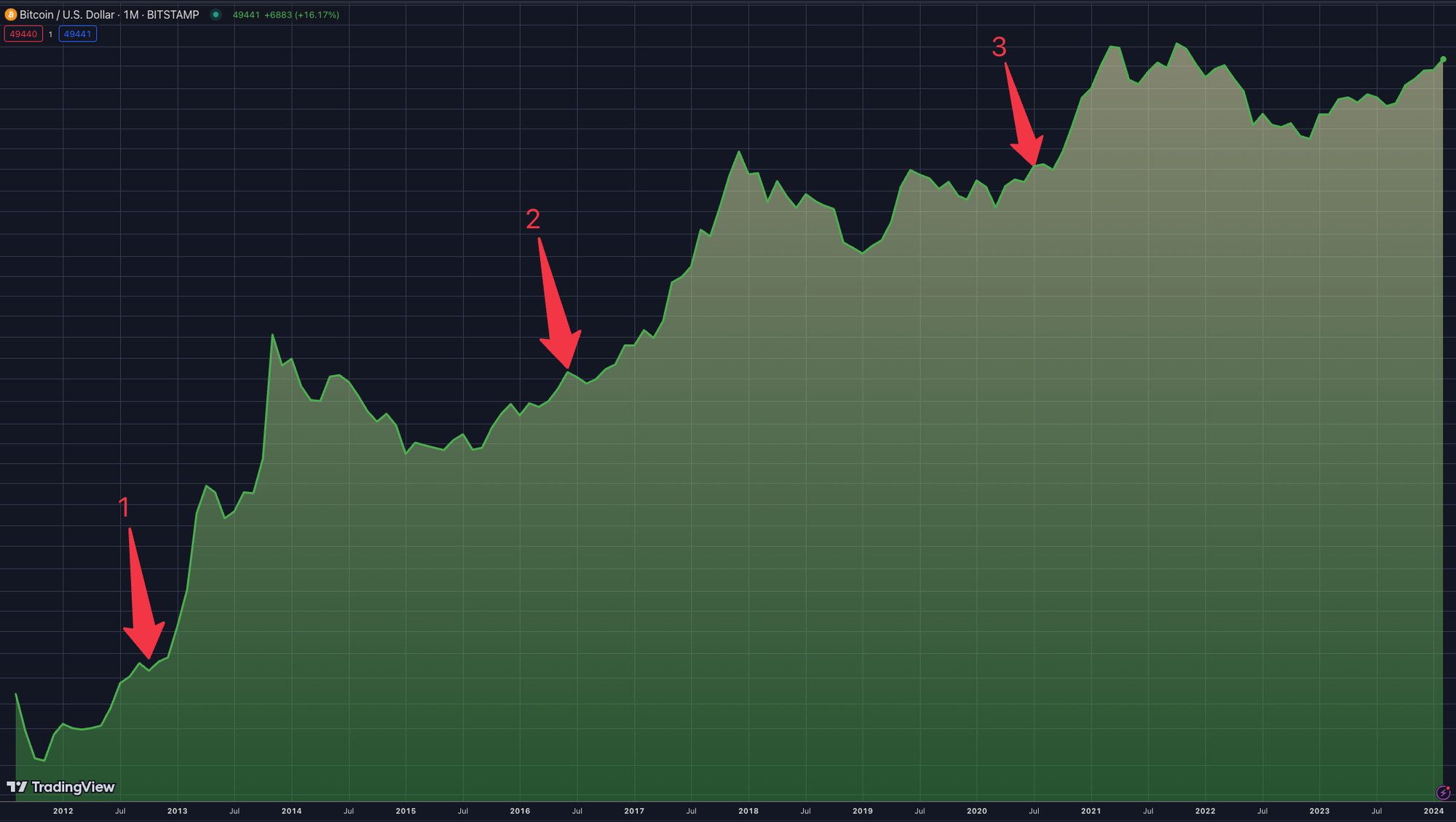
Source: TradingView.com
| Halving | Price at halving | Price one year after halving | Percent change one year after halving |
|---|---|---|---|
| 1 | 13 | 800 | +6000% |
| 2 | 611 | 3480 | +470% |
| 3 | 9345 | 36000 | +285% |
Theories and Speculations: Stock-to-Flow Model and Market Sentiment
The stock-to-flow (S2F) model is a popular theory used to predict Bitcoin's price, correlating Bitcoin's scarcity (stock) to its rate of production (flow). According to this model, as Bitcoin becomes scarcer due to halvings, its value is expected to increase. While the S2F model has its proponents, it is also subject to criticism and should be considered alongside other market dynamics and macroeconomic factors.
Market sentiment plays a crucial role in Bitcoin's price movements around halvings. The halving events tend to attract media attention and speculation, influencing investor behavior. Positive sentiment can lead to price rallies, while negative sentiment can dampen the expected bullish impact of a halving.
Long-term Perspectives on Bitcoin's Value and Stability
In the long term, halvings are expected to contribute to Bitcoin's value and stability by reinforcing its scarcity and reducing its inflation rate. As the rate of new Bitcoin creation decreases, the asset becomes more scarce, which could support its value if demand continues to grow. However, Bitcoin's volatility is likely to persist for the foreseeable, influenced by regulatory developments, technological advancements, and shifts in investor sentiment.
Read more: Is Bitcoin a hedge against inflation?
Strategies for Investors and Miners
Investors might consider a long-term perspective, focusing on Bitcoin's fundamentals and market cycles, rather than short-term price movements. Diversifying investments and employing a dollar-cost averaging strategy can mitigate risk. Miners should focus on operational efficiency, seeking ways to reduce costs and increase computational power to remain competitive post-halving.
Bitcoin Halving and Its Role in Economic Freedom
Bitcoin Halving as a Feature that Promotes Scarcity and Value Preservation
The Bitcoin Halving is a fundamental feature that promotes economic freedom by ensuring the digital currency's scarcity and potential for value preservation. By reducing the rate at which new bitcoins are generated, halvings make Bitcoin more scarce over time, potentially increasing its value if demand remains steady or grows. This scarcity mirrors the properties of precious metals like gold, providing a digital form of "hard money" that can serve as a hedge against inflation and currency devaluation.
Read more: Is Bitcoin a store of value?
The Importance of Decentralization and Reduced Reliance on Traditional Financial Systems
Bitcoin's decentralized nature is at the heart of its contribution to economic freedom. The halving mechanism operates on a transparent, predetermined schedule, independent of any central authority's control. This decentralization reduces reliance on traditional financial systems, which are often subject to manipulation, inflation, and political interference. By offering an alternative financial system where value transfer is permissionless and borderless, Bitcoin empowers individuals to have more control over their economic activities and resources.
Read more: Unstoppable money: Bitcoin’s original and most powerful use case
Bitcoin Halving FAQ
What exactly triggers a Bitcoin Halving event?
Bitcoin Halving occurs every 210,000 blocks mined, roughly every four years, as programmed into Bitcoin's code by its creator, Satoshi Nakamoto, to control inflation and halve the mining reward.
Has the Bitcoin Halving always resulted in a price increase?
While historical patterns have shown price increases following halving events, it's important to note that Bitcoin's price is influenced by multiple factors beyond just the halving. Past performance does not guarantee future results.
How does the Bitcoin Halving affect miners?
The halving reduces the reward that miners receive for validating transactions and adding them to the blockchain, potentially impacting their profitability but encouraging efficiency and technological advancements in mining.
Can the Bitcoin Halving affect transaction speeds or fees?
The halving itself doesn't directly affect transaction speeds or fees. These are influenced by network congestion and the data size of transactions, although miner behavior may adjust due to profitability changes post-halving.
What strategies can miners and investors use to prepare for the Halving?
Miners may invest in more efficient mining equipment to remain competitive, while investors might evaluate their portfolios in light of historical market reactions to halvings, considering long-term holding strategies rather than speculative trading.
How many Bitcoin Halvings have occurred, and when is the next one?
There have been three halvings (2012, 2016, and 2020). The next halving is projected to occur in April 2024.
Will Bitcoin Halvings continue indefinitely?
Halvings will continue until the maximum supply of 21 million bitcoins has been mined, which is expected to be around the year 2140. After that, miners will be incentivized through transaction fees rather than block rewards.
What will Bitcoin's inflation rate be after the 2024 halving?
For the April 2024 halving, Bitcoin’s inflation rate is expected to decrease from about 1.75% to just 0.85%
Related guides
Start from here →
What is Bitcoin?
Get a straightforward introduction to Bitcoin and why it matters.
Read this article →
What is Bitcoin?
Get a straightforward introduction to Bitcoin and why it matters.

How does Bitcoin compare to other asset classes?
Find out how Bitcoin has performed as an asset class vs. others.
Read this article →
How does Bitcoin compare to other asset classes?
Find out how Bitcoin has performed as an asset class vs. others.
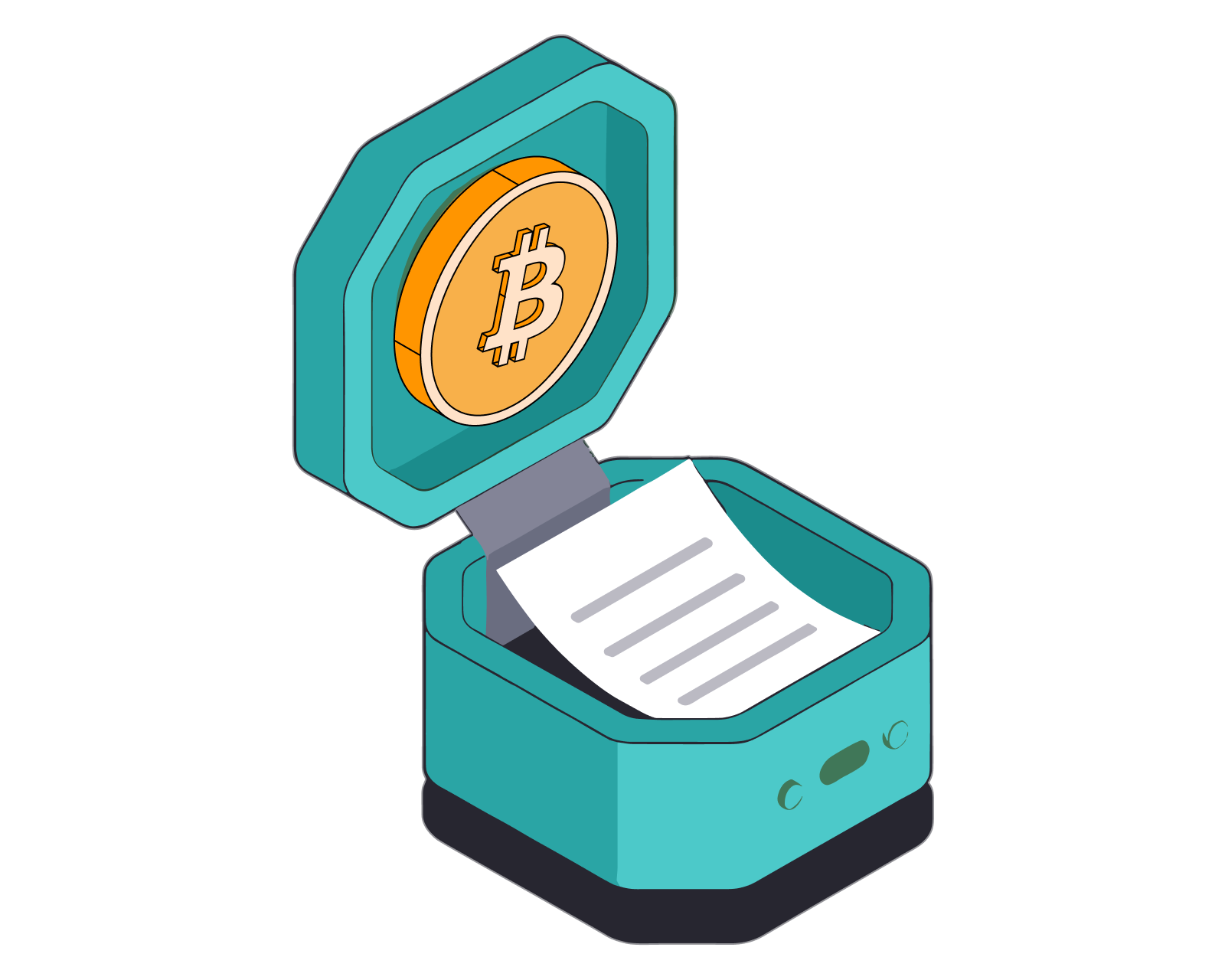
What is Bitcoin mining?
Learn why the process of minting new bitcoins, known as 'Bitcoin mining,' is in some ways similar to the process of extracting precious metals from the earth.
Read this article →
What is Bitcoin mining?
Learn why the process of minting new bitcoins, known as 'Bitcoin mining,' is in some ways similar to the process of extracting precious metals from the earth.

What is Bitcoin governance?
How does the network operate and decide on critical issues?
Read this article →
What is Bitcoin governance?
How does the network operate and decide on critical issues?
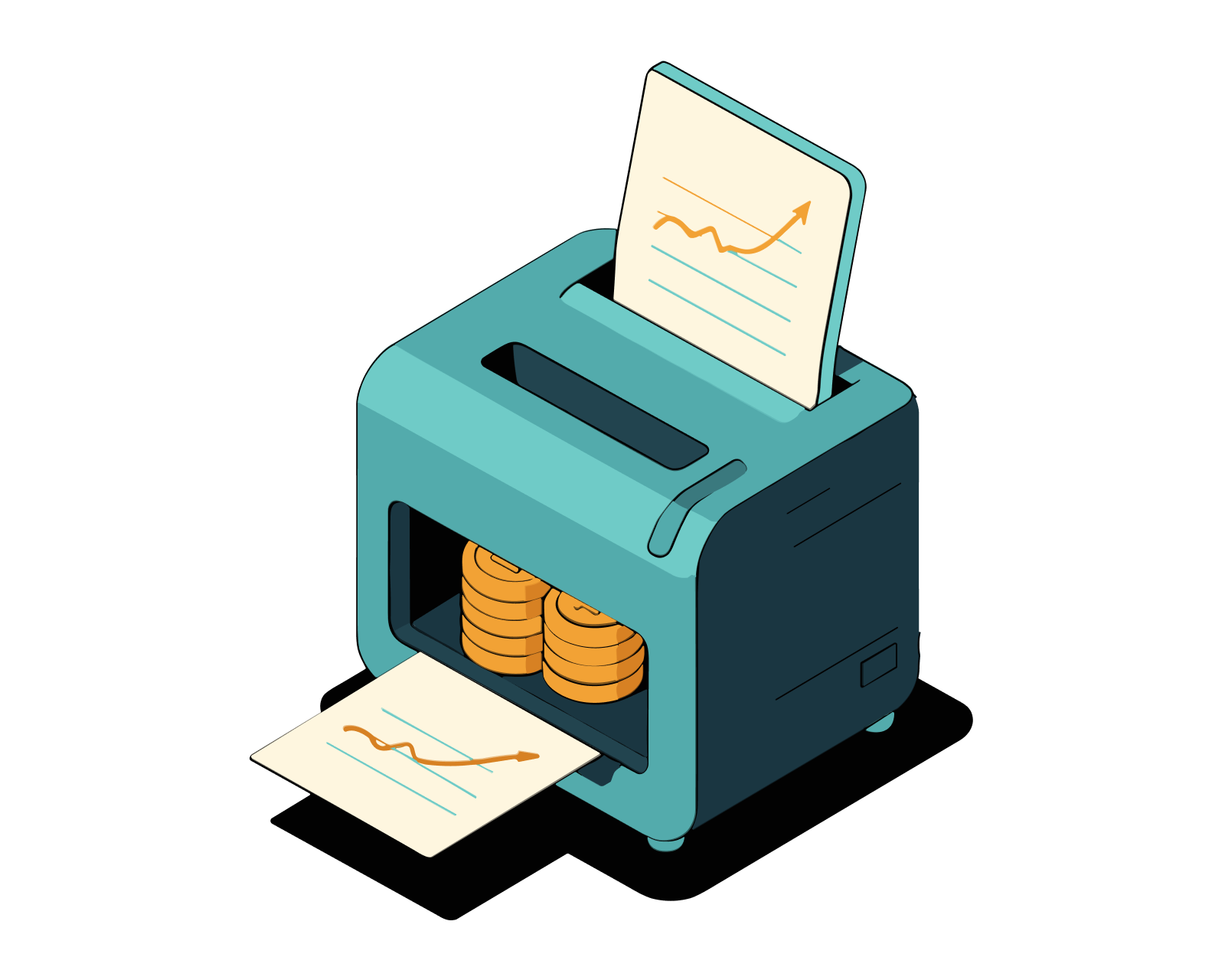

Is Bitcoin a hedge against inflation?
Learn if Bitcoin is a good inflation hedge.
STAY AHEAD IN CRYPTO
Stay ahead in crypto with our weekly newsletter delivering the insights that matter most
Weekly crypto news, curated for you
Actionable insights and educational tips
Updates on products fueling economic freedom
No spam. Unsubscribe anytime.



Start investing safely with the Bitcoin.com Wallet
Over wallets created so far
Everything you need to buy, sell, trade, and invest your Bitcoin and cryptocurrency securely

© 2025 Saint Bitts LLC Bitcoin.com. All rights reserved


